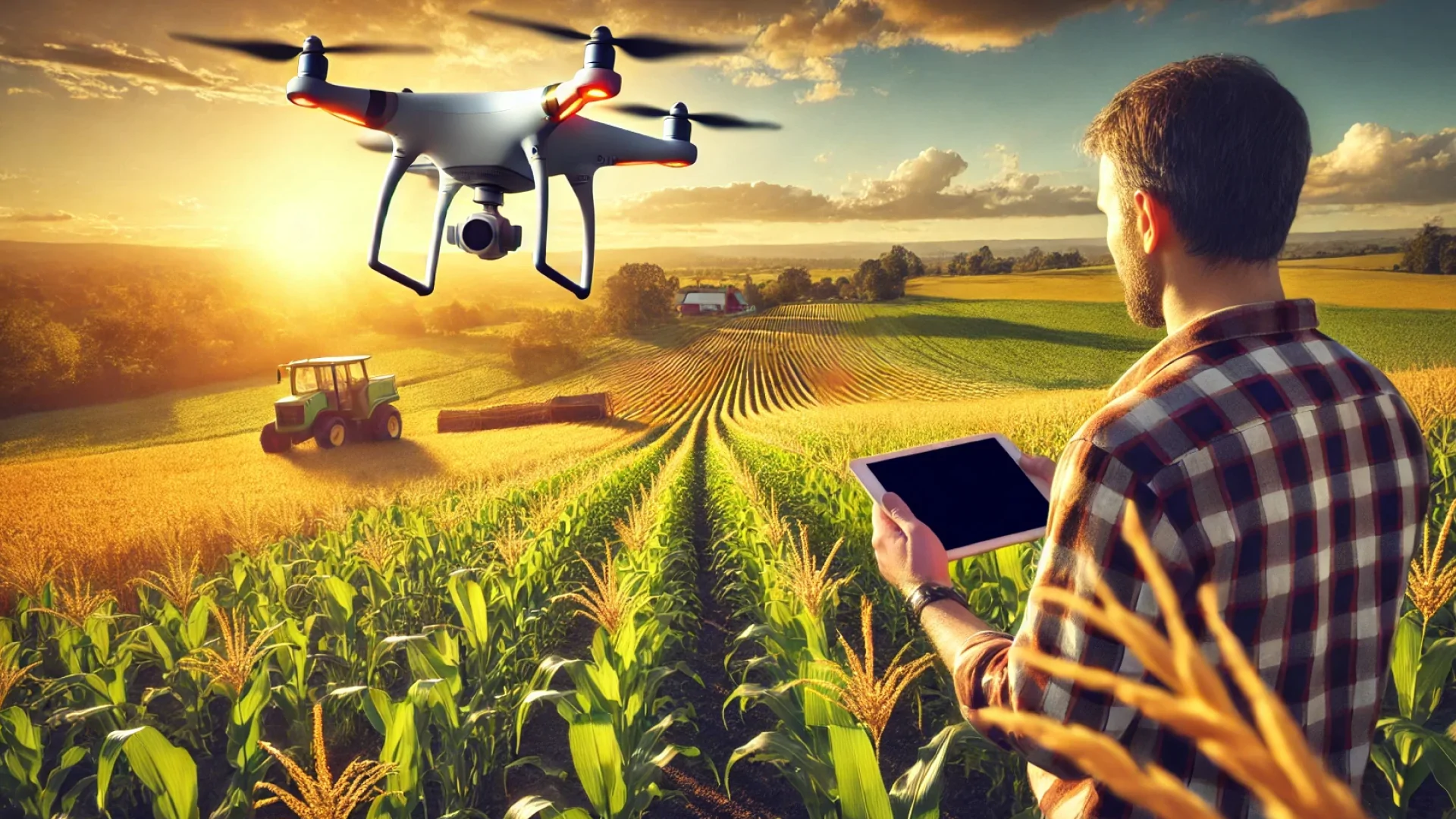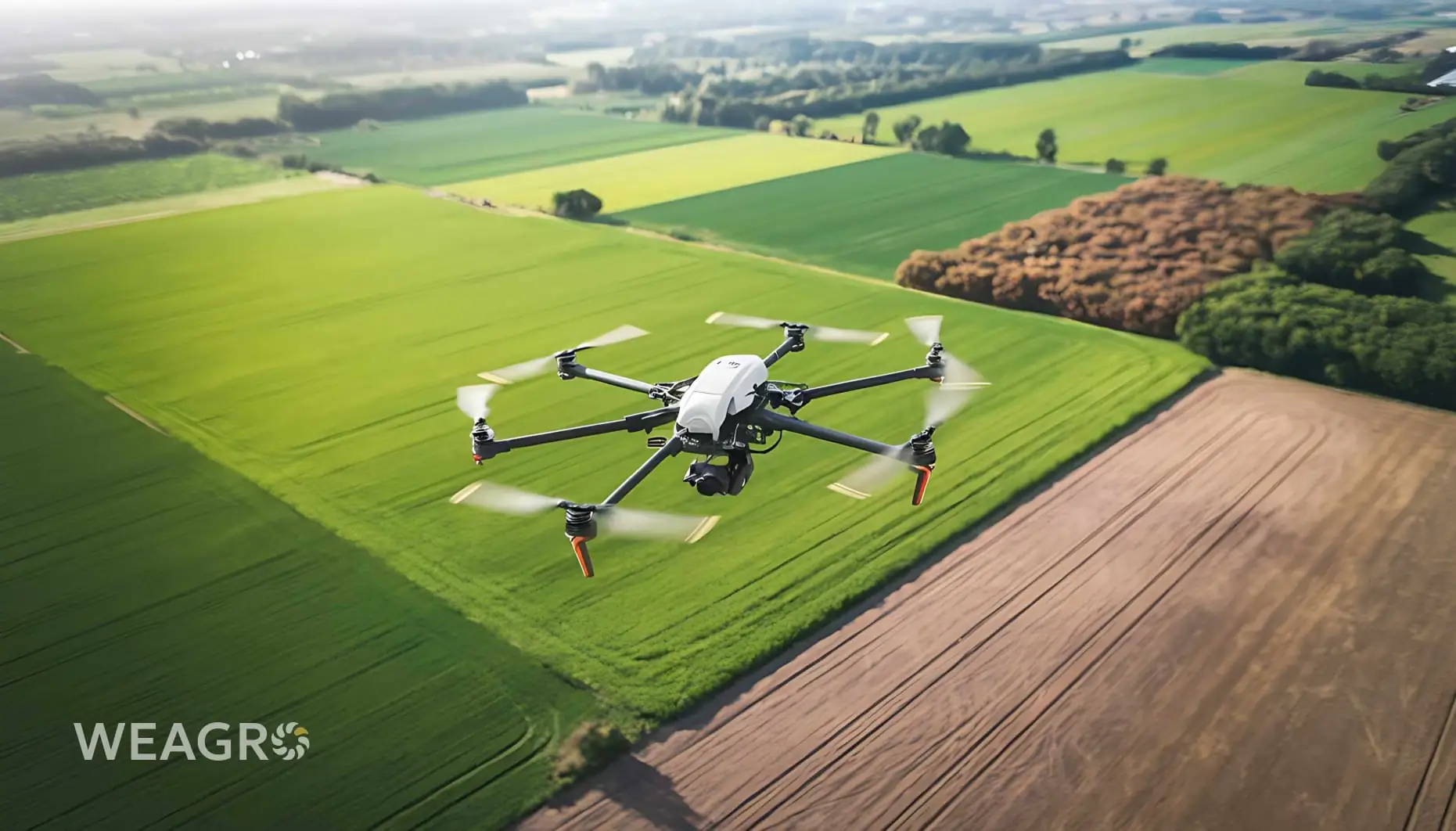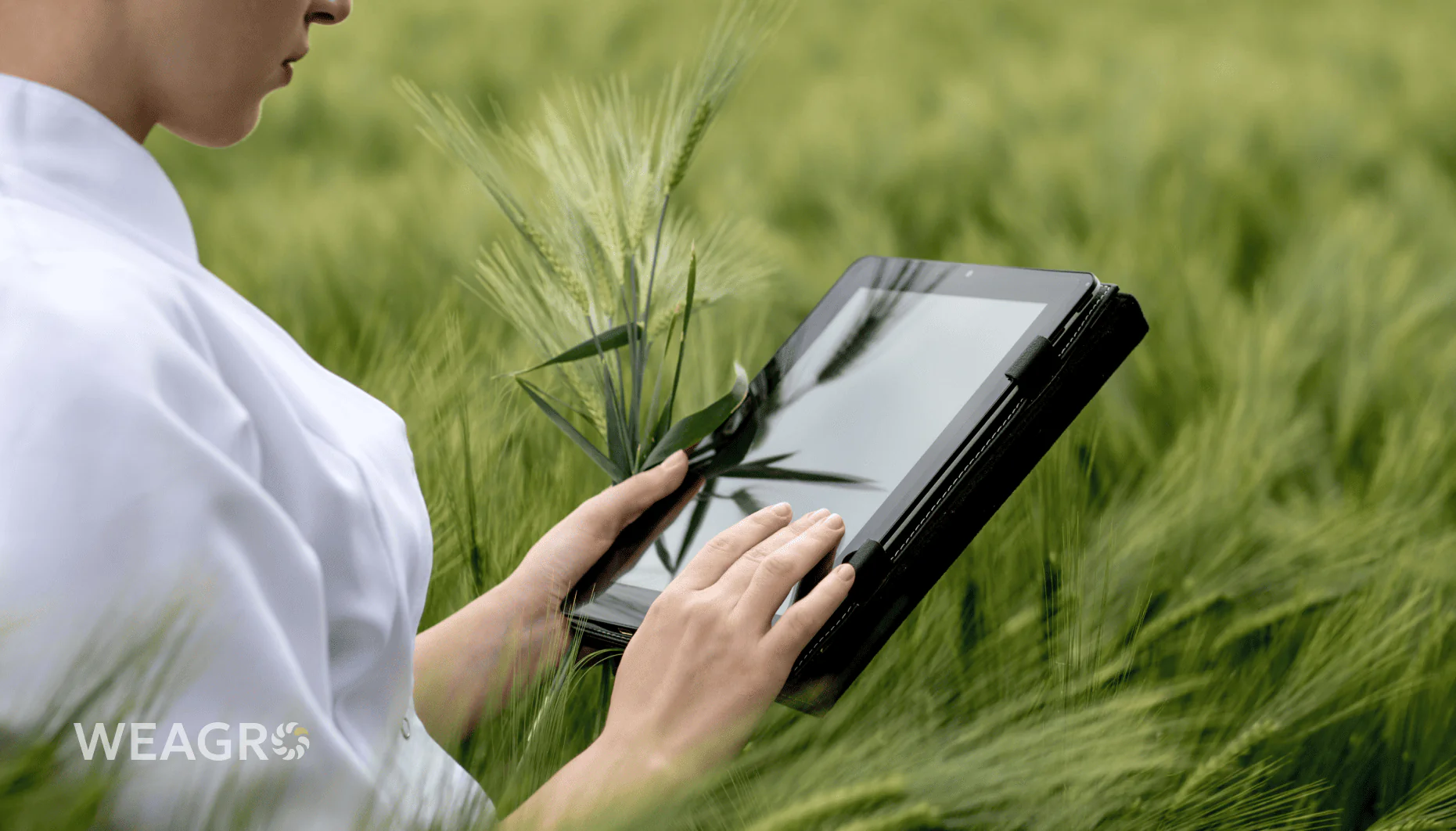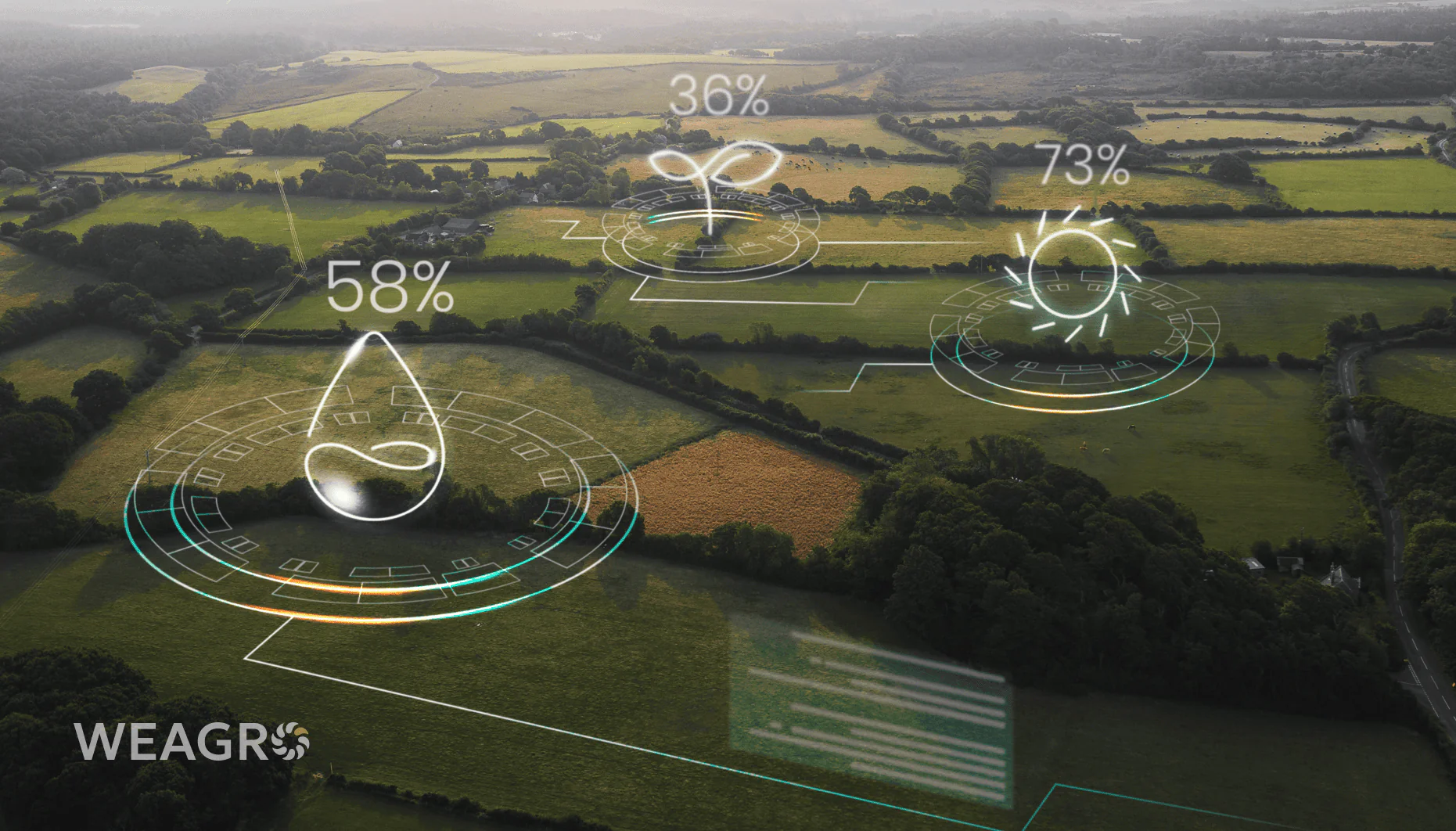Technology is rapidly changing the world around us, affecting all spheres of human life. Innovations have not bypassed the agricultural sector, which has undergone significant changes in recent years. Agricultural drones are completely transforming traditional approaches to land cultivation and property monitoring: you can accomplish much more in less time, and most importantly, optimize work on the plot regardless of its size. A review of UAV application features and their capabilities for farmers allows you to fully appreciate all the advantages of this solution and determine the choice of an appropriate model.
Benefits of Agricultural Drones
Unmanned aerial vehicles have enabled a true agricultural revolution. Each year, the amount of human labor is gradually decreasing in favor of process automation, which allows for significant cost reduction and substantial improvement in field cultivation quality. This positively affects crop yields. Among the numerous advantages of using agricultural drones, the following should be highlighted:
- Maximum precision. Drones are equipped with various sensors and detectors that provide comprehensive monitoring of soil condition and cultivated crops. Continuous data analysis allows for adjusting irrigation volumes depending on current conditions, reducing the amount of fertilizers applied on a regular basis, and most importantly, timely combating plant diseases.
- Rapid agricultural land survey. High-quality photos and videos with excellent resolution allow for quick inspection of significant areas, reaching the most remote sections of the field without missing even the smallest details.
- Yield forecasting. Agricultural drones are researchers capable of providing detailed information about the condition of agricultural land, identifying existing problems, and determining soil fertility. Based on this, rational decisions will be made regarding relevant crops and the specifics of their cultivation.
- Cost reduction. Multispectral imaging allows for identifying promising areas and focusing on them to achieve maximum return. At the same time, the farmer invests fewer resources in working on territories that will not bring sufficient yields. Additionally, drones reduce the amount of fertilizers applied, which is not only profitable but also environmentally friendly.
There are various types of drones designed for agricultural use. Certain models are suitable for rapid pesticide spraying in fields, while others are optimal for continuous crop monitoring. This simplifies territory supervision, increases its efficiency, and minimizes human involvement. As a result, the savings fully compensate for the agricultural drone purchase. In case of an unforeseen situation – fire or flood, it will be possible to identify the source as quickly as possible to take necessary measures promptly and minimize potential damage.
Read also: GIS Technologies in Ukrainian Agriculture
Use of Drones in Agriculture
Choosing the right model allows you to obtain a complete set of necessary options that will be useful for the farmer considering the specifics of their farm and other factors. The following functions are available:
- aerial photography and videography – control and continuous monitoring of the situation in fields, and most importantly, excellent image detail thanks to low flight altitude;
- treatment – field spraying drones can be used for basic preventive measures as well as treating diseased plants, shrubs, and trees without affecting healthy crops;
- terrain scanning – allows for analyzing the situation in remote field areas as well as in conditions of maximum plant density;
- seed planting – new technology that allows for rapid distribution of planting materials on prepared soil areas;
- 3D modeling – identifying areas with insufficient or excessive irrigation to create maps for future moisture management.
There are quite many possibilities for applying drones in agriculture – even basic models can easily be involved in the widest range of tasks, which significantly simplifies the farmer’s work.
Features of Drone Use During Martial Law
Certain restrictions existed before February 2022, but today they have been strengthened. Use near state borders and military facilities is unacceptable. Special permission is required to use UAVs.
- contact the security service representative;
- submit a request and detail the relevance of drone use in agricultural work;
- obtain an official permit document, strictly adhering to current restrictions.
Ukrainian legislation provides for liability for violating current rules. The device may be destroyed, and its owner will receive a fine of up to 8,500 UAH. If military objects are captured in the frame, the term of imprisonment may reach 5 years.
Criteria for Choosing an Agricultural Drone
The variety of available models allows for easy selection of aircraft series whose functions and capabilities meet the current needs of the farm. Universal solutions can be selected, quadcopters with thermal imaging cameras can be purchased, or spraying drones can be ordered – everything depends on the purchase purpose. When choosing, it is useful to focus on the following parameters:
- durable, wear-resistant, yet lightweight body that will excellently withstand active use;
- simple control, launch, and landing that allows for easy mastering of the device operation mechanism;
- automatic return to starting point function that will protect the agricultural assistant from falls and related damage;
- list of sensors and options that agricultural drones should possess, considering the specifics of their future application;
- duration of continuous flight as well as the size of the area that can be processed on one battery charge.
The presence of automatic shooting will be an advantage, which greatly simplifies the data recording process. In addition to basic sensors, additional ones can also be installed. This is an important advantage that will allow for further improvement and modification of the basic model. But most importantly, choose quality agricultural drones from well-known and reliable manufacturers who provide long-term quality guarantees on sold devices. This provides confidence in the purchased product’s compliance with stated characteristics as well as its durability.
Read also: Sunflower Diseases and Pests: What Exists and How to Protect Plants
TOP-3 Agricultural Drones
When searching for universal options that can be used for the widest range of purposes and tasks, the following models should be considered.
XAG P40 Spraying Drone
An advanced solution that successfully combines filming, mapping, and field treatment and herbicide spraying capabilities. It is distinguished by the ability to select droplet size in the range of 60-400 microns. Flight time is up to 11 minutes, and two batteries are provided for uninterrupted operation. The modified sensor system detects obstacles from all sides, and the radar range is up to 40 meters. This guarantees flight safety and allows for using spraying drones in any conditions.
The body is made of high-strength and lightweight aluminum alloy. The speed of field map stitching has been increased – about 6.67 hectares in 10 minutes. IP67 standard protection reliably protects internal contents from dust, moisture, and corrosion formation. The intelligent SuperX4 controller ensures comfortable control.
XAG P100 Spraying Drone
Good ratio of productivity, autonomy, and price. The main difference of this series is a 40-liter spraying tank that allows for distributing about 280 kg on one charge. Flights are fully autonomous, and the artificial intelligence-based control system is extremely simple and accessible even for beginner operators.
Design feature: possibility of platform separation – flight and task execution. The agricultural drone easily transforms, which greatly simplifies its operation.
XAG M500 Drone
The model was created for those who choose maximum productivity, which was achieved through the use of a powerful processor with 6 cores. An important advantage is the neural processing unit, which improves image processing quality and opens new possibilities for terrain research.
If needed, agricultural drones of this series can also be used for mapping as well as in industrial sectors. Flight time is about 35 minutes.
Each model has its own features that are important to consider when selecting and comparing. Analysis of technical specifications will allow for selecting the optimal ratio of cost and functionality.
The online service WEAGRO will help you obtain the necessary amount for purchasing the required device. This is a unique program for farmers, within which it is easy to get quick installments without additional hassle. The farmer enters into an agreement with the supplier on deferred payment terms – and can pay in a comfortable mode, reducing the current financial burden.









